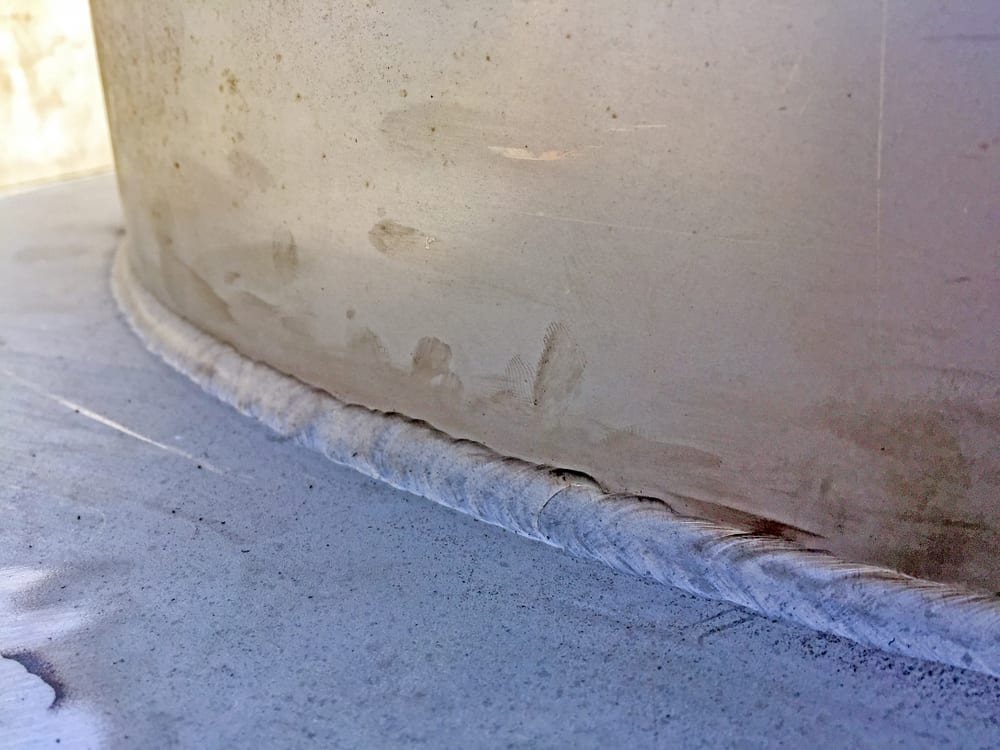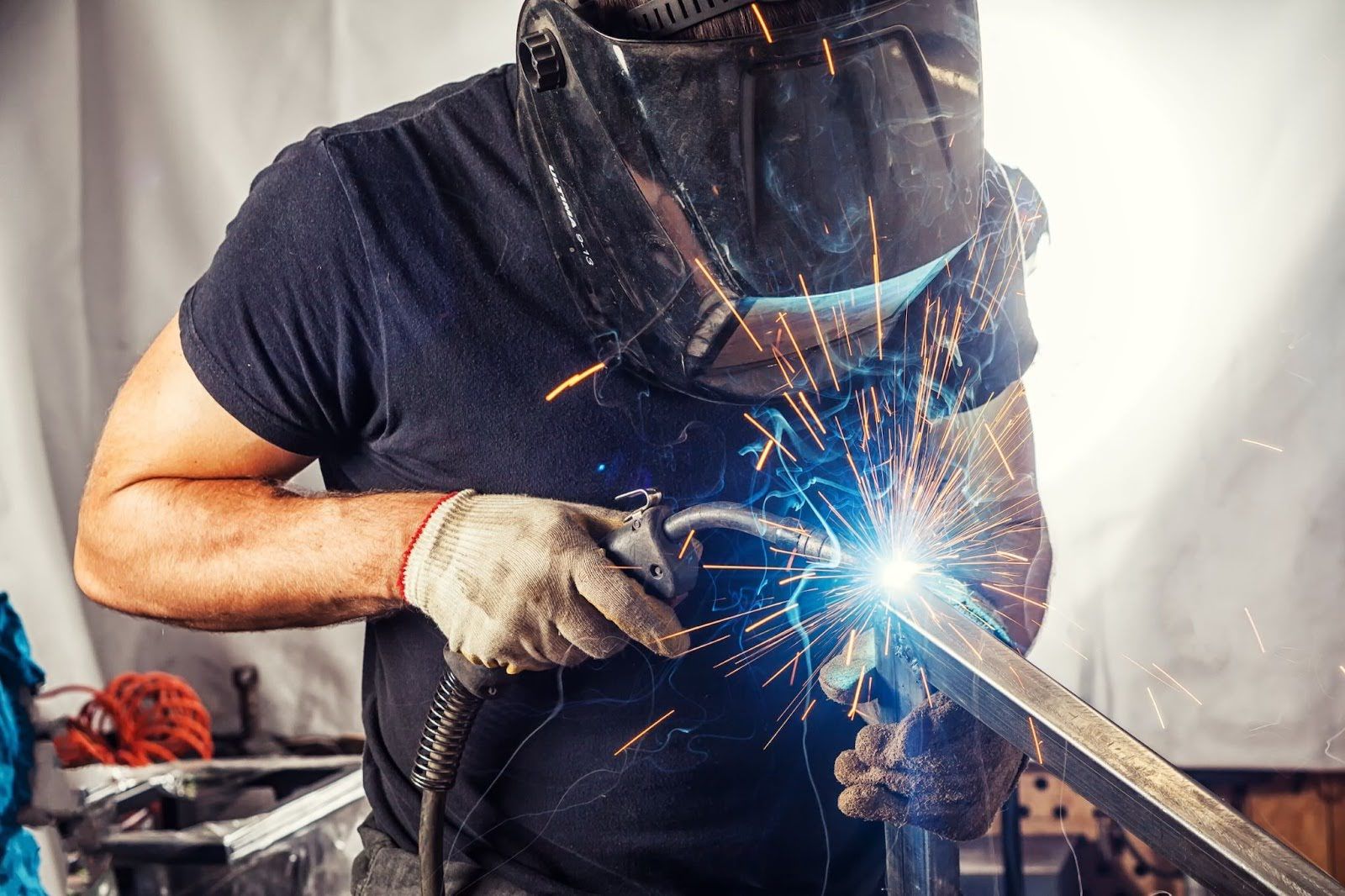Crucial Tips for Welders: Avoiding Undercut Welding and Ensuring Stronger Weld Joints
In the realm of welding, achieving long lasting and solid weld joints is the foundation of producing top quality work. One usual obstacle that welders often come across is undercut welding, which can endanger the honesty of the weld joint.

Comprehending Undercut Welding
Undercut welding is a common welding defect that happens when the weld metal stops working to properly fill the groove and causes a groove-like depression along the weld grain. This flaw compromises the weld joint, making it prone to breaking and failing under stress and anxiety. Damaging can be caused by different elements, including too much welding present, high welding rate, inappropriate electrode angle, incorrect electrode dimension, and bad welding technique.
Among the major factors for undercut welding is an imbalance in between the welding present and the welding speed. If the welding current is also high or the welding speed is also quick, the weld metal may not properly fill the groove, causing undercutting. In addition, making use of an electrode that is also large can result in a comparable outcome, as the excess steel can not appropriately move right into the groove.
To prevent undercut welding, welders ought to guarantee they are using the appropriate welding criteria, maintain an appropriate electrode angle, choose the ideal electrode dimension, and practice proper welding strategies. By dealing with these elements, welders can minimize the risk of undercutting and develop more powerful, more dependable weld joints.
Proper Welding Method
Effective welding method plays an important function in ensuring the quality and integrity of weld joints. Correct welding strategy involves a combination of adherence, accuracy, and ability to finest techniques. One fundamental element of correct welding strategy is keeping the proper angle and distance between the welding gun and the workpiece. Welders must additionally pay close interest to the traveling speed and heat input to avoid issues like damaging, porosity, or insufficient combination.
In addition, a consistent and constant hand motion is vital for developing strong and sturdy weld joints. Welders ought to intend for smooth, consistent movements to guarantee even distribution of the weld product. Proper manipulation of the welding gun and filler material is additionally key to achieving optimum penetration and fusion.
Moreover, regulating the heat input and selecting the ideal welding criteria based upon the product being welded are crucial elements in achieving premium welds - Preventing weld undercut. Welders should adhere to the suggested settings supplied by welding treatment specifications and change them as required based on the certain needs of the project. By grasping correct welding techniques, welders can considerably boost the strength and reliability of their weld joints
Choosing the Right Electrode
Maintaining the proper angle and distance between the welding gun and the work surface is basic when thinking about the value of choosing the right electrode in welding applications. The choice of electrode plays a critical role in figuring out the high quality and toughness of the weld joint. Electrodes are available in different types, each made for specific functions and materials.
Firstly, picking the proper electrode diameter is vital. Thinner electrodes are suitable for welding slim materials, while thicker electrodes are much better for thicker materials and higher warm applications. Matching the electrode diameter to the density of the work surface assists accomplish a well balanced weld.
Secondly, recognizing the material structure of the electrode is vital. Various electrodes are made for welding details products like steel, stainless-steel, light weight aluminum, or cast iron. Making use of the proper electrode product makes certain good combination and reduces why not check here the threat of problems in the weld.
Finally, thinking about the welding placement and method is important when choosing the electrode type. For circumstances, certain electrodes are better suited for overhanging or vertical welding placements, while others work well for level or straight settings. Choosing the appropriate electrode based on the welding strategy enhances the general weld high quality and integrity.
Preparing the Base Steel
To guarantee a successful welding procedure, what first actions should be taken when preparing the base metal for welding? Properly preparing the base steel is vital for accomplishing strong and durable weld joints. The very first step in preparing the base metal is to clean it extensively to remove any kind of impurities such as corrosion, paint, oil, or dirt. This can be done using a cable chemical, brush, or grinder solvents. Additionally, any type of existing weld product or residue from previous welding should be removed to make sure a tidy surface area for the brand-new weld.

Performing Post-Weld Evaluations

After performing these evaluations, welders should contrast the results versus industry requirements and job needs to make sure that the weld joint meets all necessary standards. Any kind of inadequacies or deviations discovered throughout the post-weld assessment must be immediately addressed through ideal rehabilitative actions to assure the weld's integrity. By carefully executing post-weld evaluations and quickly dealing with any type of issues, welders can support the quality and dependability of their work, inevitably contributing to the security and long life of the welded structures.
Verdict

To conclude, stopping undercut welding and guaranteeing more powerful weld joints call for a combination of appropriate welding technique, choosing the ideal electrode, preparing the base steel properly, and conducting post-weld examinations. By recognizing the root causes of undercut welding and applying the needed precautions, welders can produce high-quality weld joints that meet sector standards and make sure the architectural honesty of the welded components.
Undercut welding is a common welding defect that takes place click here for info when the weld steel fails to effectively fill the groove and results in a groove-like depression along the weld bead (Preventing weld undercut). Undercutting can be caused by different aspects, including extreme welding existing, high welding speed, inappropriate electrode angle, inaccurate electrode size, and bad welding technique
One of the major factors for undercut welding is an imbalance in between the welding present and the welding speed. If the welding current is too high or the welding rate is as well quick, the weld steel may not effectively load the groove, leading to damaging.Preserving the appropriate angle and range between the welding gun and the workpiece is basic when considering the relevance of picking the right electrode in welding applications.